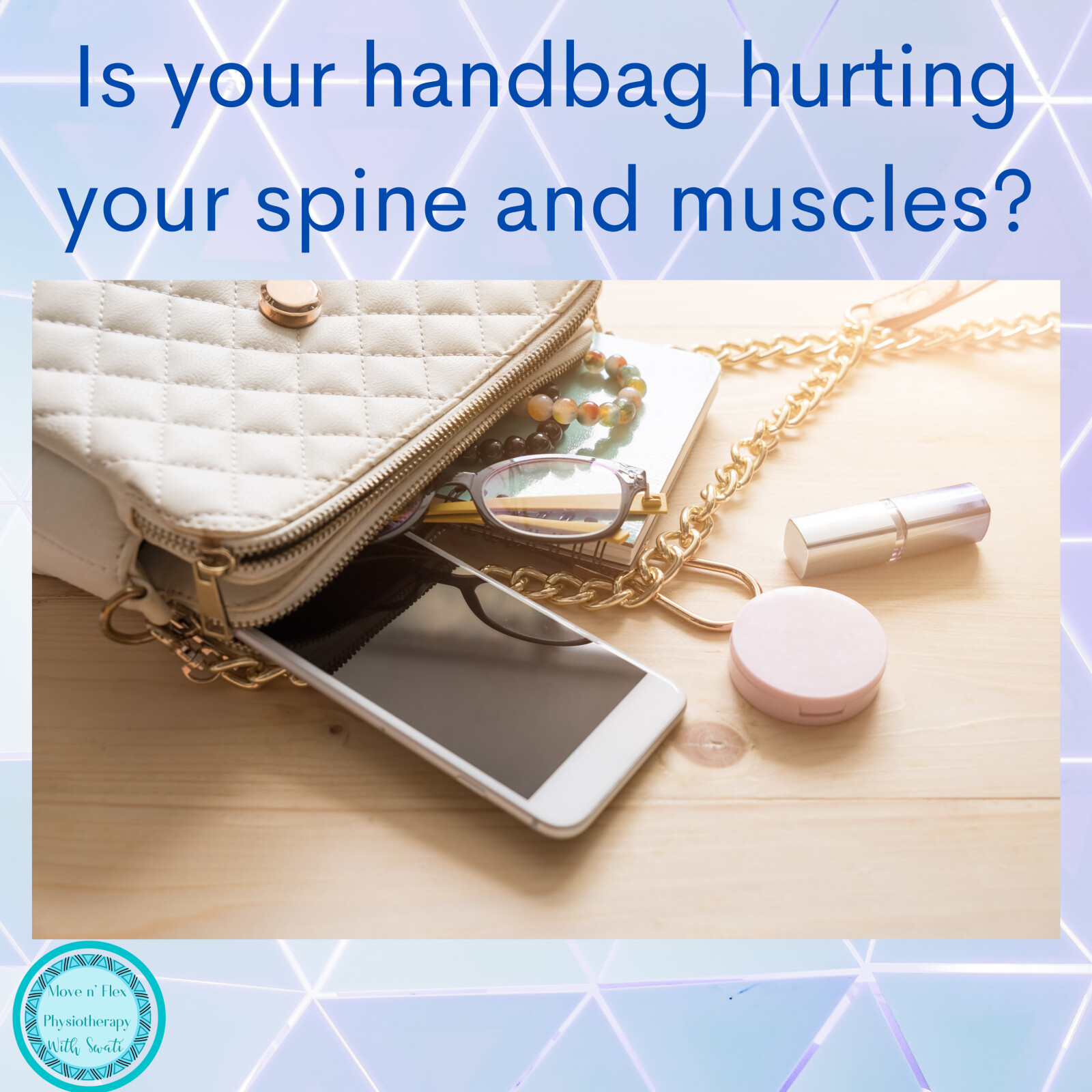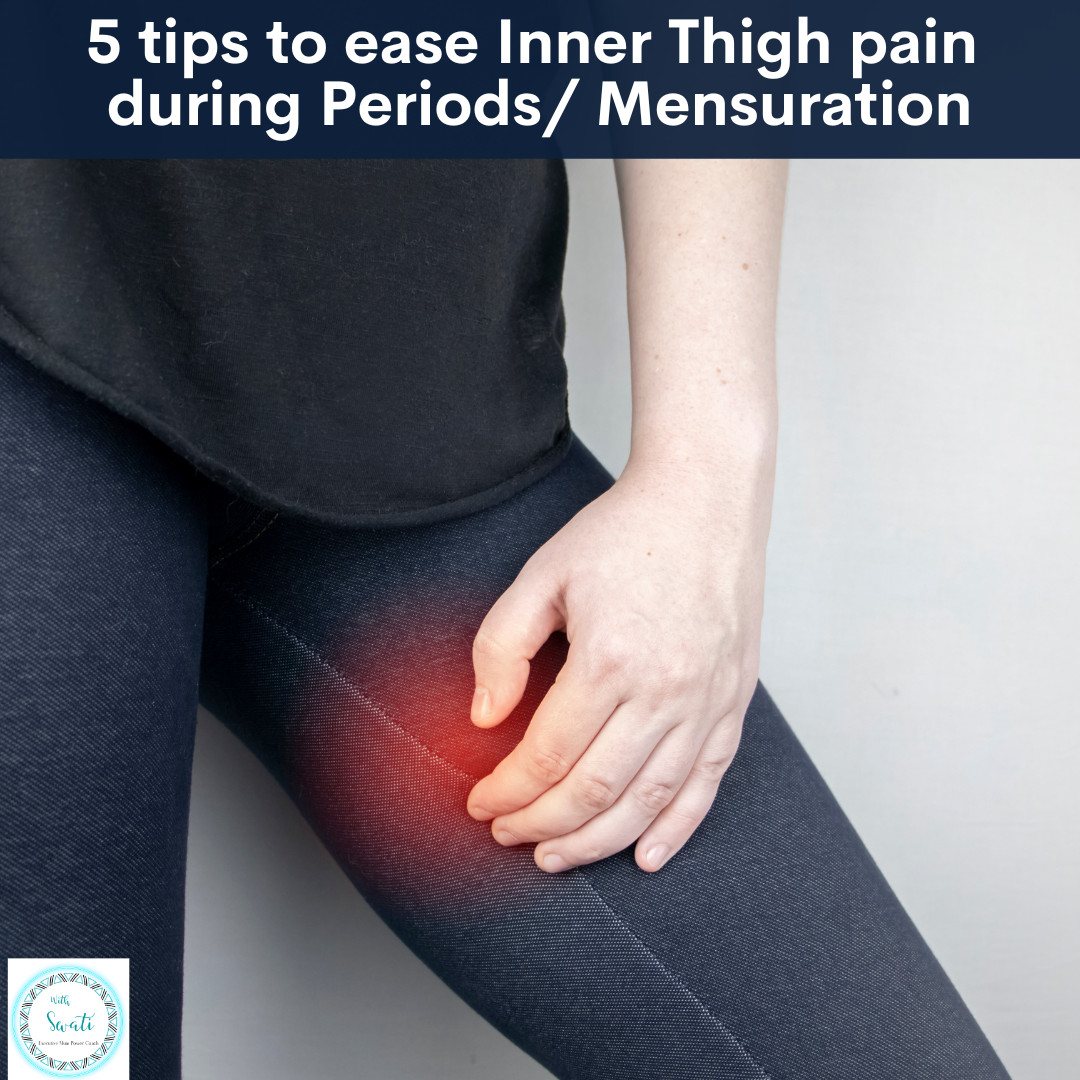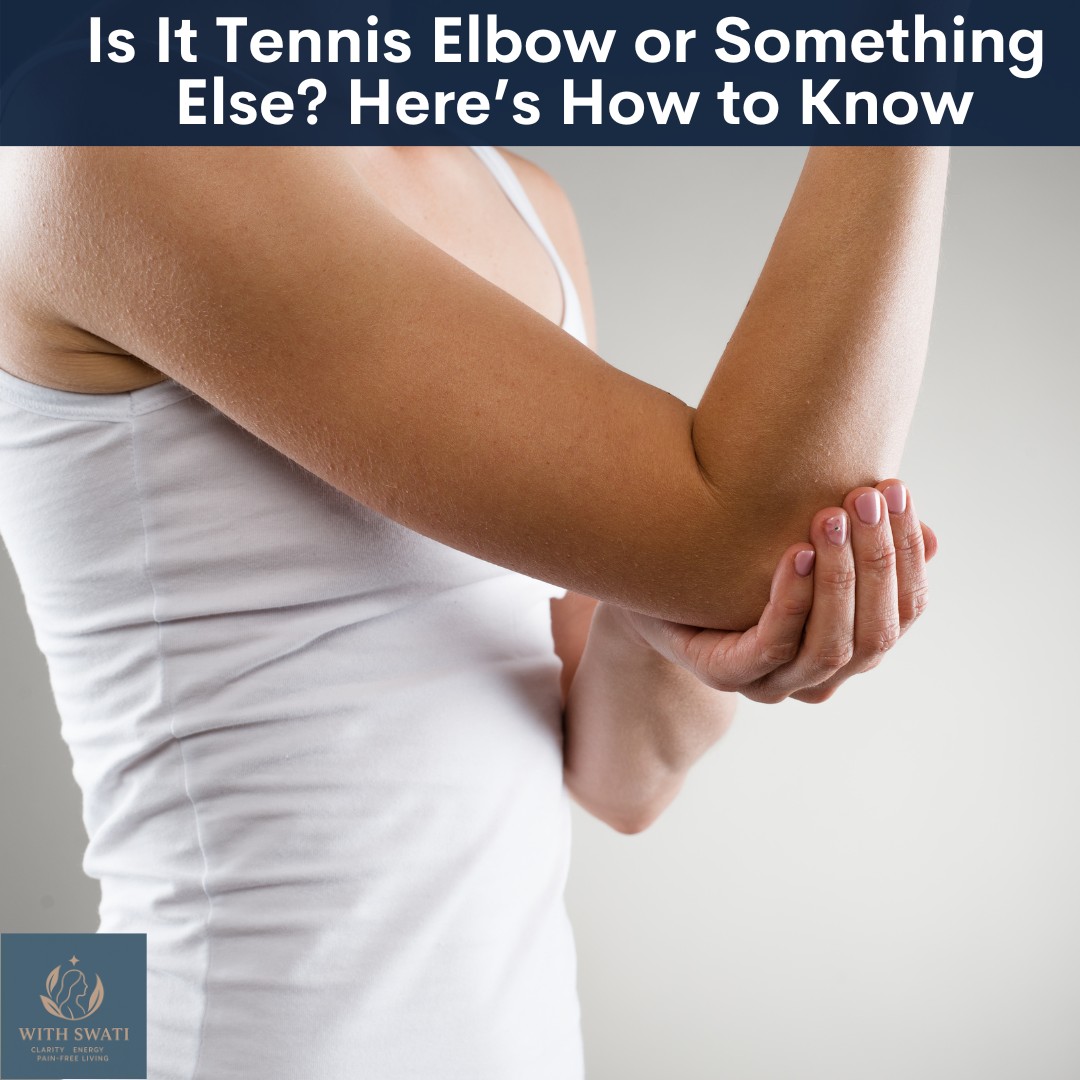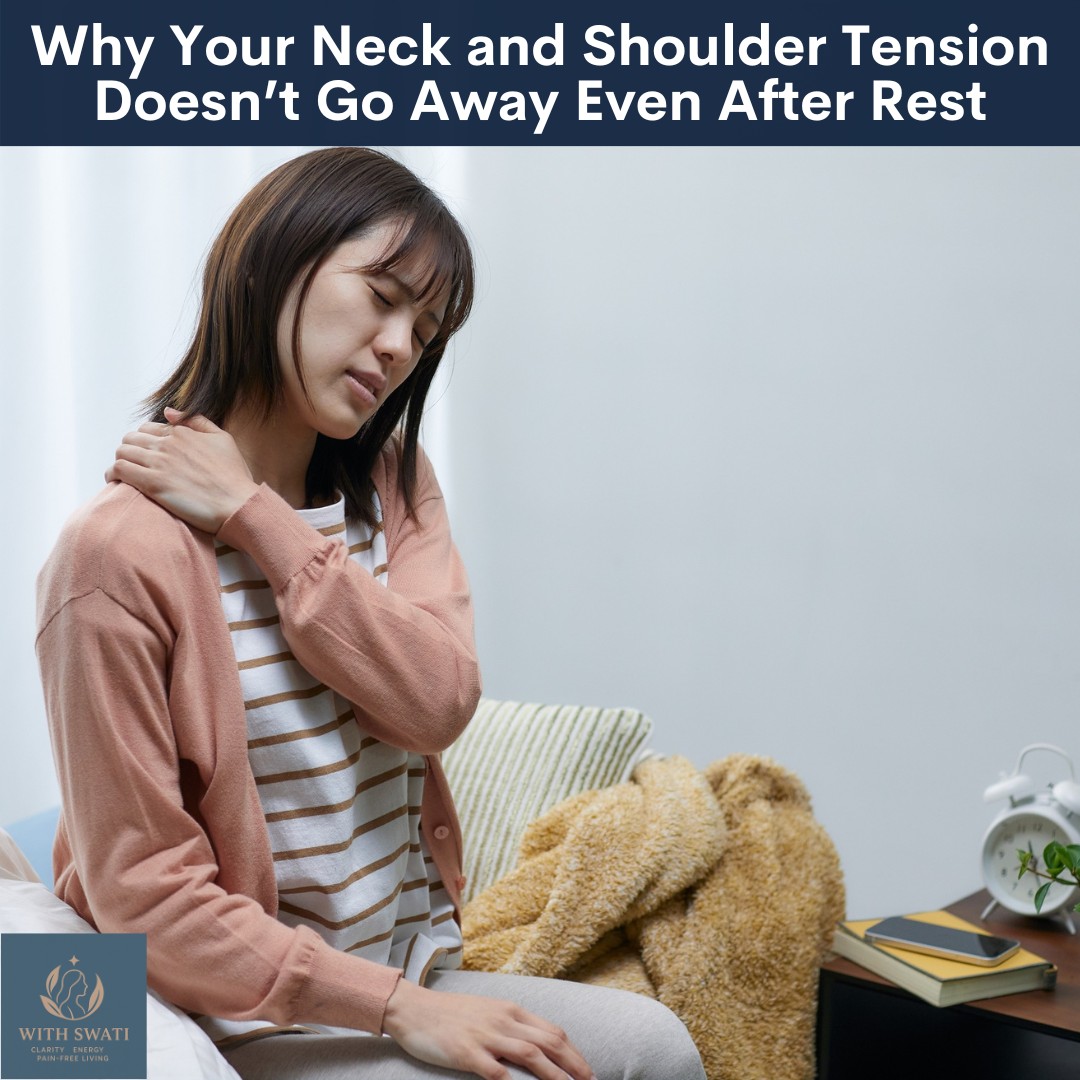
We all love the convenience of a good bag. But did you know that you can cause damage to the spine and muscles from carrying your bag in an incorrect manner? This can range from neck pain to rotator cuff tear to lower back pain, to name a few. In this blog lets discuss 8 easy tips to prevent your handbag from causing pain in the back, neck and shoulders.
Bags come in different styles – wristlets, shoulder bags, cross body straps, back packs, trolley bags, etc. Whichever style you choose, here are some helpful tips to make sure your bag is not hurting your spine and muscles:
- It is important to know where to carry your bag. If you use a cross body or sling bag, make sure the bag sits at your waist level and not your hips. If the bag is on your shoulder, it should sit in the sweet spot between the side of your torso and arm. If it's over your forearm, it should sit at your waist. The location of the bag on your body can affect the way you walk and carry yourself, which can translate into excessive loading on the arm or spine or pelvis.
- Always use a bag with wide straps. Narrower straps or metallic straps tend to dig into area between the shoulder and neck. This is vulnerable area as a bunch of nerves that exit the neck to supply the arm pass through this area. When stressed it can lead to discomfort in the arm and the neck.
- Make sure you are not shrugging your shoulders to balance your bag on your shoulders. The muscles in your upper back and shoulder blades have to stabilise the area so that your bag does not fall off. The small micro stresses that build up in the area can become the last straw on the camel's back where a little movement such as raising your hand up or driving for a period of time can lead to a sudden spasm or discomfort in the neck and shoulder.
- Check the bag before buying – some bags are made in such a way that they are heavy. Bags made of stiffer leather with support and structure tend to be heavy. When you add your things to the bag it becomes overwhelmingly heavy. Some bags with extra accessories such as metallic zips and logos tend to be heavy even when they are empty.
- Empty your bag periodically. This is especially true for those people who tend to carry a lot of things in their bags. Lets face it! Stuff accumulates in our bags slowly over a period of time.
- Some bags come with a coin bag, which seems like an excellent choice when buying the bag but coins can weigh a ton. Leave your coins at home in the piggy bank!
- Some of us love the convenience of a big bag but this can be tricky as oversized bags invite you to carry lots of stuff. Also, when the items in your bag shift around or aren't well distributed, your balance can get affected. A possible solution can be to get an oversized bag with a definite shape, a firm base, and inner compartments for your belongings.
- Whatever style of bag you carry, make sure not to overuse the bag in a single position. Example – if you use a sling or shoulder bag carry it on alternate shoulders, if you use a trolley bag push it in front of you while alternating hands every few minutes.
Ideally, a bag is supposed to be 10% of your body weight. So, for example if you weigh 70 kgs, your bag should weigh only seven kgs. Add in your wallet, phone, keys, etc, to this seven kgs and try to maintain this weight. To conclude, remember there is no right or wrong bag. It’s the way we use the bag that makes it right or wrong.
Learn how to manage your Neck Pain in the free training "Simple Solution to Manage Your Neck Pain" in my free community.
If you like this blog and want to be notified about new blogs as soon as they are published, subscribe to my mailing list below.
















0 Comments